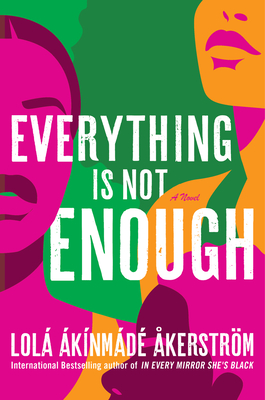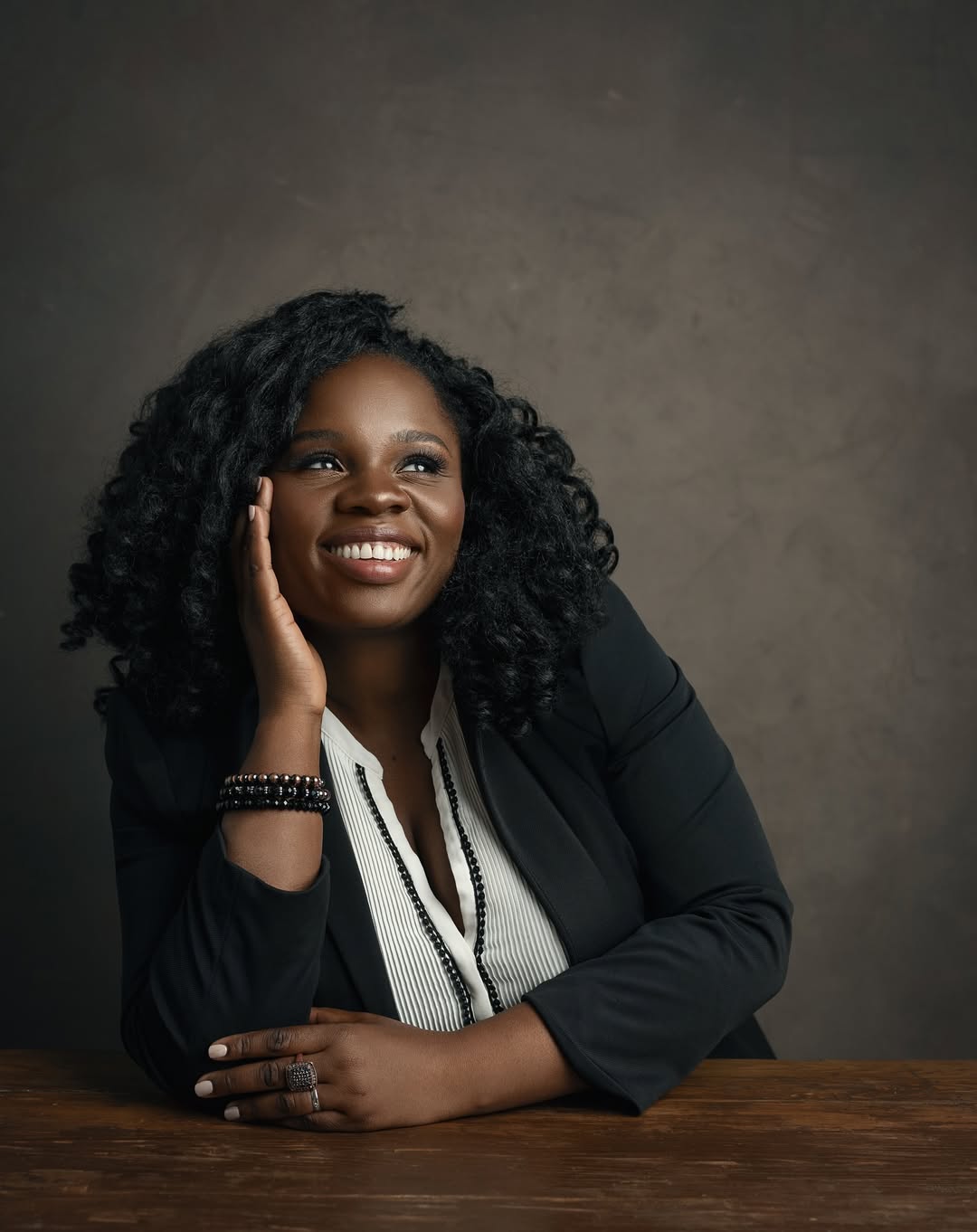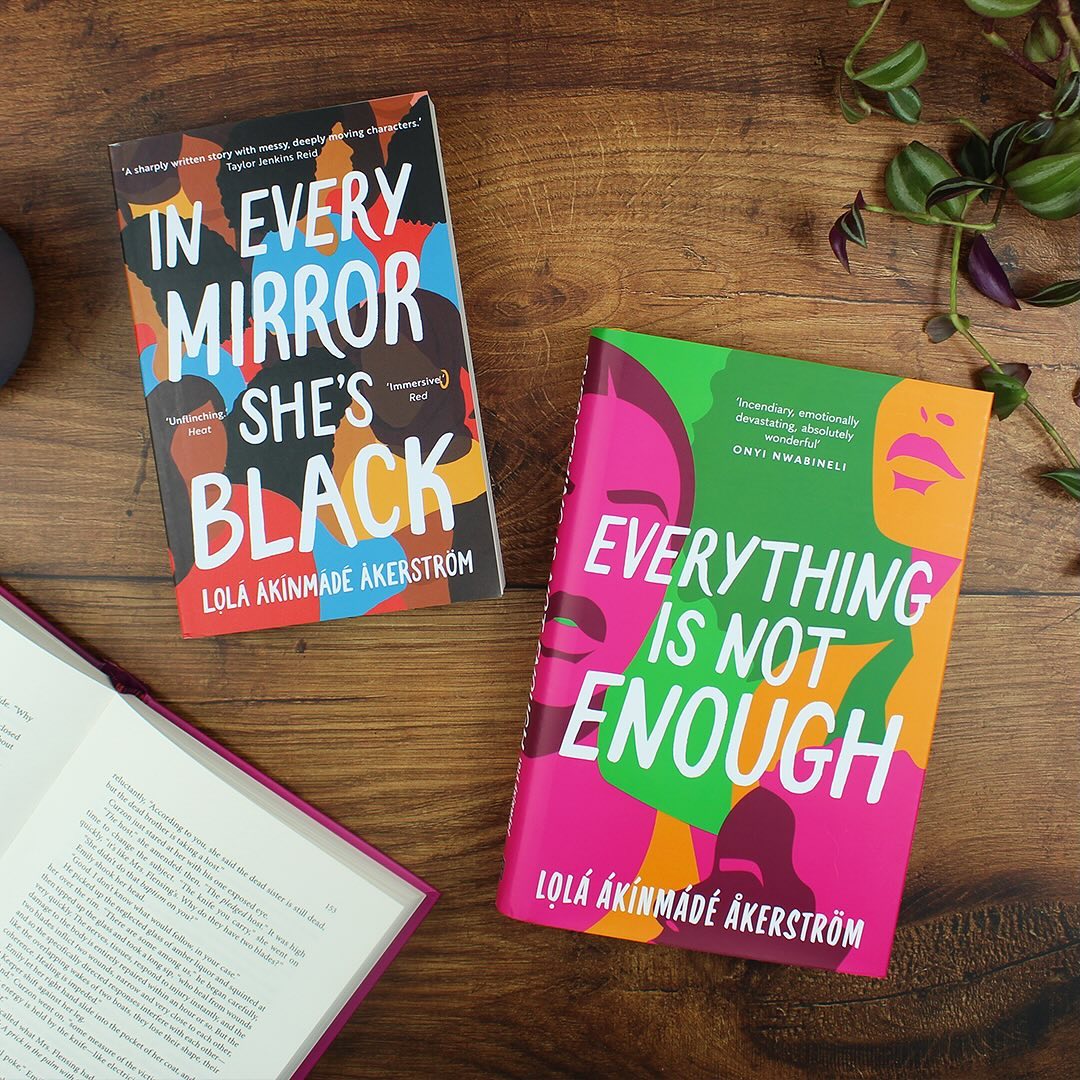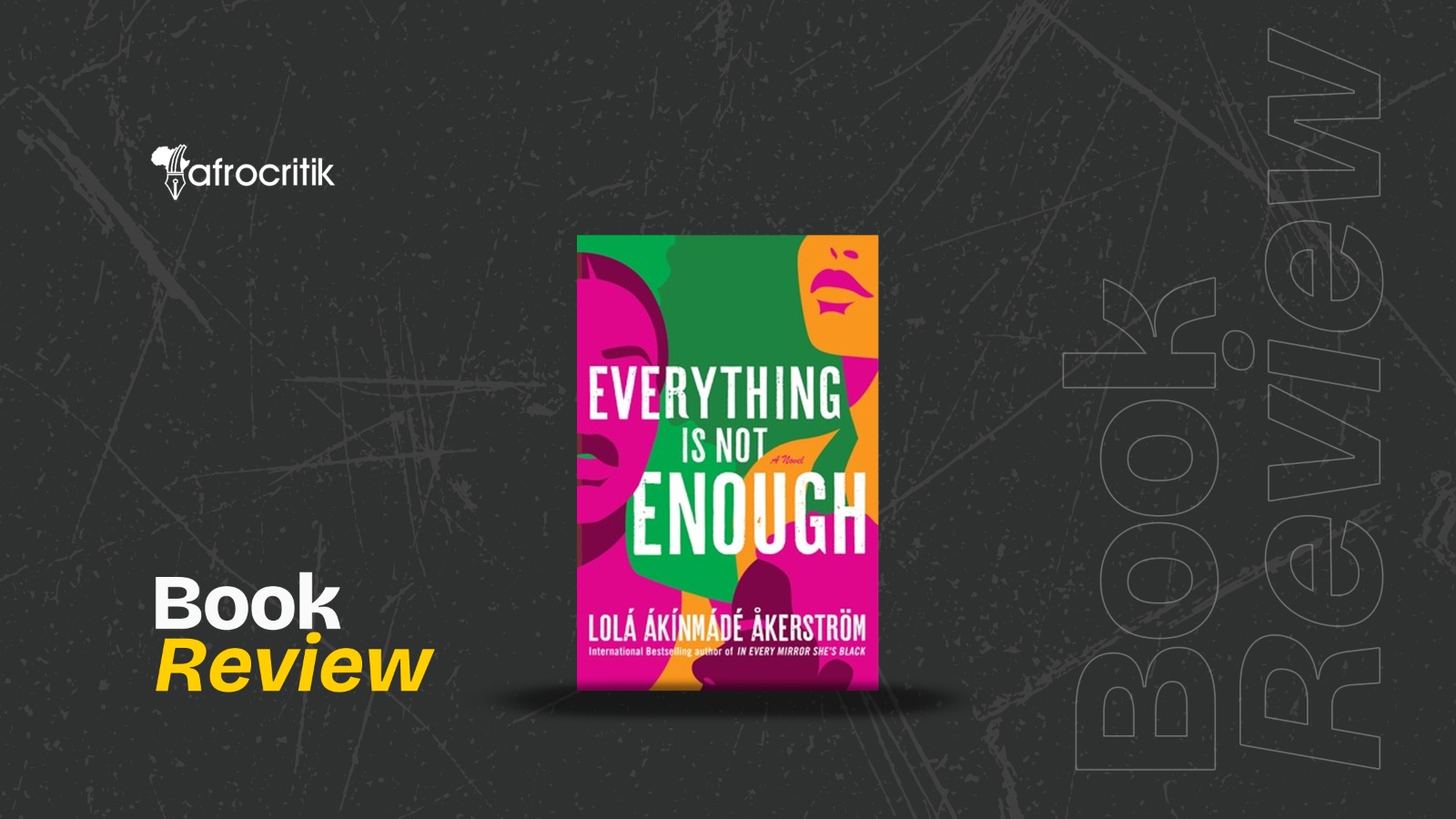What Lola Akinmade Åkerström interrogates through the women in Everything Is Not Enough is how a society insists on othering, regardless of the abilities of the women in question.
By Evidence Egwuono Adjarho
Isn’t it frustrating to be constantly othered because of your skin colour? To be treated as a second-class citizen when you know you are worth more than that? In her debut book, In Every Mirror She’s Black, Lola Akinmade Åkerström asks these questions through the three women the plot revolves around who, despite their different social standings, face similar challenges.
Kemi Adeyemi is a high achiever. With an impressive professional career in marketing, she believes she deserves the best in life. Brittany-Rae, a flight attendant whose life changes when a rich Swede falls in love with her, basks in the luxurious life brought her way. Muna Saheed, a Somali immigrant, struggles to keep hope alive in Sweden. The knot that binds all three women is how the Scandinavian country of Sweden frustrates their efforts to stay afloat. They are submerged in a pool of discrimination and then isolation, a direct consequence of the ostracism they encounter.
At the novel’s end, each of these women makes a defining decision. For Muna, escaping from people who “would grab her and lock her in that dark space of isolation she had crawled out of” meant going to “the other side”—a euphemistic way of saying suicide; for Brittany, it is realising that her peace and freedom were what she had traded for the luxury she enjoyed. She accepts that “Johan von Lundin,” whose frightening fetish for Black women had drawn her to him, “was never going to let her go”; for Kemi, it is realising that Sweden was out to subdue her—at work through Johan, and in her love life through Ragnar—and that the best move for her was leaving.

If In Every Mirror She’s Black reveals Sweden’s ability to oppress women of colour, the sequel, Everything Is Not Enough, takes things a notch higher. Sweden comes alive and is completely stripped of its facades. This sequel is raw and unapologetically revealing. Racism in Sweden fades into the background, and Åkerström instead focuses on how the country permeates the lives of Black characters and how they grapple to find freedom in their own ways. Muna, this time, is replaced with Yaasmiin, another immigrant living in Stockholm, Sweden. The characters gain more depth and connection with readers in Everything Is Not Enough.
The book begins with Yaasmiin undergoing police interrogation linked to Muna Saheed. Glimpses of Yaasmiin’s past resurface during this interrogation: “She recalls an Italian officer screaming in her face… intimidating her”.
This scene, as we later discover, plays out in different forms again in Stockholm, reminding her of her past life as a coerced prostitute working for a pimp, Bosse. Yaasmiin is married to Yagiz with a son, Mehmet. Yagiz is the sole provider, and however enviable Yaasmiin’s life seems, it is far from perfect. She spends most of her time focused on Muna, who is in a coma at the hospital—a form of escape, really—but she is also troubled by her husband’s secrecy about his life and work.
Every time she brings up transparency, Yagiz evades her by reminding her that she lacks nothing. Yet, she strongly suspects that something is odd about her husband, although she cannot quite place it.
Brittany-Rae and Yaasmiin are similar in their shared experience of being outsiders in their husbands’ lives, treated as strangers. For Brittany, marrying into the wealthy von Lundin family changes nothing. If anything, it stifles her freedom. After discovering her husband Jonny’s fetish, she sets out to uncover the truth about Maya Daniels, his dead ex, whom he reimagines in her. She also decides to free herself from Johan and his matriarchal mother, Astrid.
Astrid controls everything in the von Lundin family, including Johan, and Brittany realises that not even her daughter is accepted because of their colour. Brittany’s search for a good divorce lawyer makes her realise the isolation she lives in, as she has no one to confide in without her steps being reported in the news. She ultimately confides in Kemi, and their lives intersect.

Kemi is perhaps the most conflicted character—and the most delusional one as well—and understandably so. Of all the women, Kemi is arguably the most ambitious, given her groundbreaking career achievements back in the US. Although aware that she was invited to Johan von Lundin’s company as the director of inclusivity because of her colour and not her qualifications, she is determined to prove she is more than that. As such, her enviable relationship with Tobias, a security guard, proves insufficient for her. Her ambitions drive her toward Ragnar, her boss’s best friend. Her attraction to Ragnar, as we discover, is not about his looks but an internal and unconscious desire to subdue Stockholm, represented by the white Ragnar. But she discovers that not only is her decision narcissistic but also harmful.
From Johan to Ragnar to Ingrid and others at her workplace, Kemi realises that it is an impossible quest, especially because she is a minority. Her sexual affair with Ragnar soon backfires, and while she is labelled and ostracised, Ragnar remains unscathed.
In Everything Is Not Enough, Stockholm reminds Yaasmiin, Brittany, and Kemi of their identities as outsiders—the very thing that unites them and fosters a sense of sisterhood in their struggles. Brittany discovers Amani during her quest for a divorce, and the latter bursts the bubble Brittany has lived in, showing her that the von Lundins, especially Astrid, never accepted her—and the sooner she leaves, the better for her and her daughter. Kemi is reminded of her place in the von Lundin company: a Black woman who, despite her intelligence, cannot rise above her label. Yaasmiin is haunted by her past life in Italy, a blight she cannot erase, no matter how hard she tries to correct it.
Lola Akinmade Åkerström also paints a grim picture of what immigration can look like and how it affects immigrants’ lives through Muna Saheed and Yaasmiin. In In Every Mirror She’s Black, this is seen through the lives of Ahmed, Muna, and others in the asylum camp. The most heartbreaking image is that of Ahmed committing suicide by burning himself to death. Muna also decides to end her life by jumping off a bus.
Later, in Everything Is Not Enough, we see how Ahmed and his brother watch their village being raided and the brutal killings that follow. Yaasmiin herself is forced into prostitution. These become traumas that haunt each of them, shaping their lives in the novel.

Sex scenes are scattered throughout Everything Is Not Enough, but Åkerström is not merely showing her talent for evocative description like in a typical rom-com. Sex, in this case, is not just that. Sometimes, it communicates to readers the tension, challenges, and issues the novel raises. For instance, sex between Kemi and Ragnar becomes a reminder of supremacy: “…Ragnar settles his broad frame over her… He locks her down by her hands in a gesture of control… Again and again, each time harder than the first, more intense than the last…”
Sex between Brittany and Jonny is described as the latter’s ravenous desire to fill the void left by his dead ex, Maya: “She had planned a slow seduction, one where Jonny dutifully shows her how much he has memorised her body, but the Jonny in her arms only wants to ravage her.” Yaasmiin is sexualised by her husband. In one instance, Yagiz “…gives her a hard peck and slaps her bottom. A reverberating hit so loud it causes a nearby elderly white patron… to freeze and stare…”—at a moment when Yaasmiin desired to speak about something important.
What Lola Akinmade Åkerström interrogates through the women in Everything Is Not Enough is how a society insists on othering, regardless of the abilities of the women in question. The comfort we find after reading Everything Is Not Enough is in the resilience of Kemi, Brittany, Yaasmiin, and Muna as they carve a future and a life for themselves despite their stifling environment.
Evidence Egwuono Adjarho is a dynamic and evolving creative with a flair for literature and the arts. She finds joy in reading and writing, and often spends her free time observing the world around her. Her interests span a wide range of artistic expressions, with a particular focus on storytelling in its many forms including photography.




